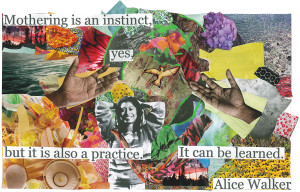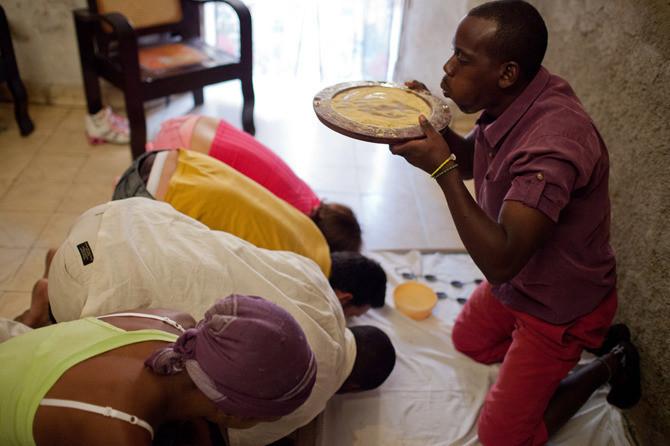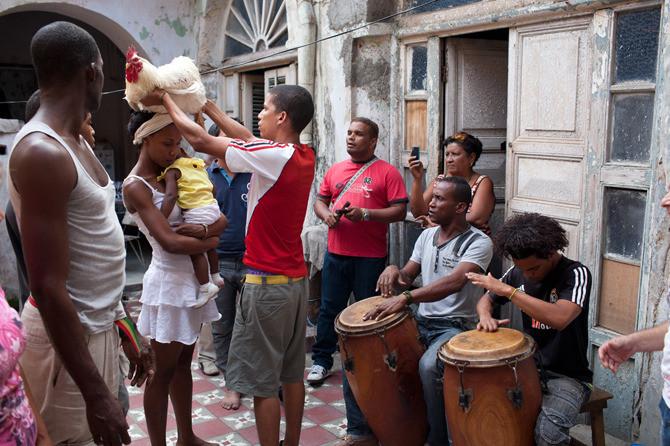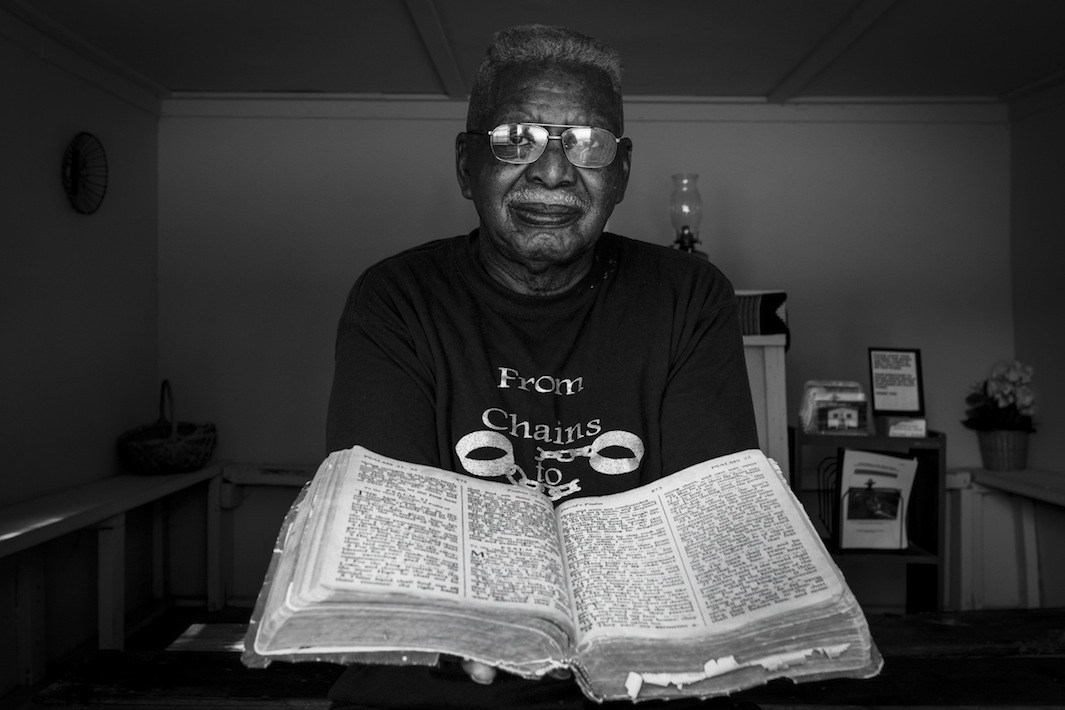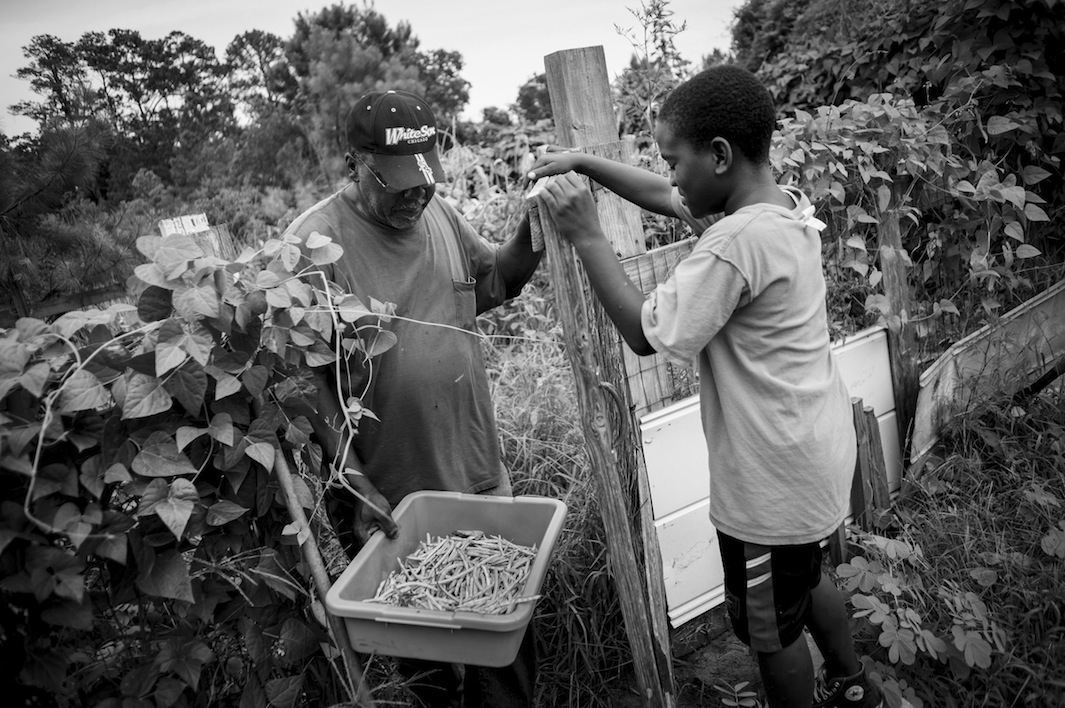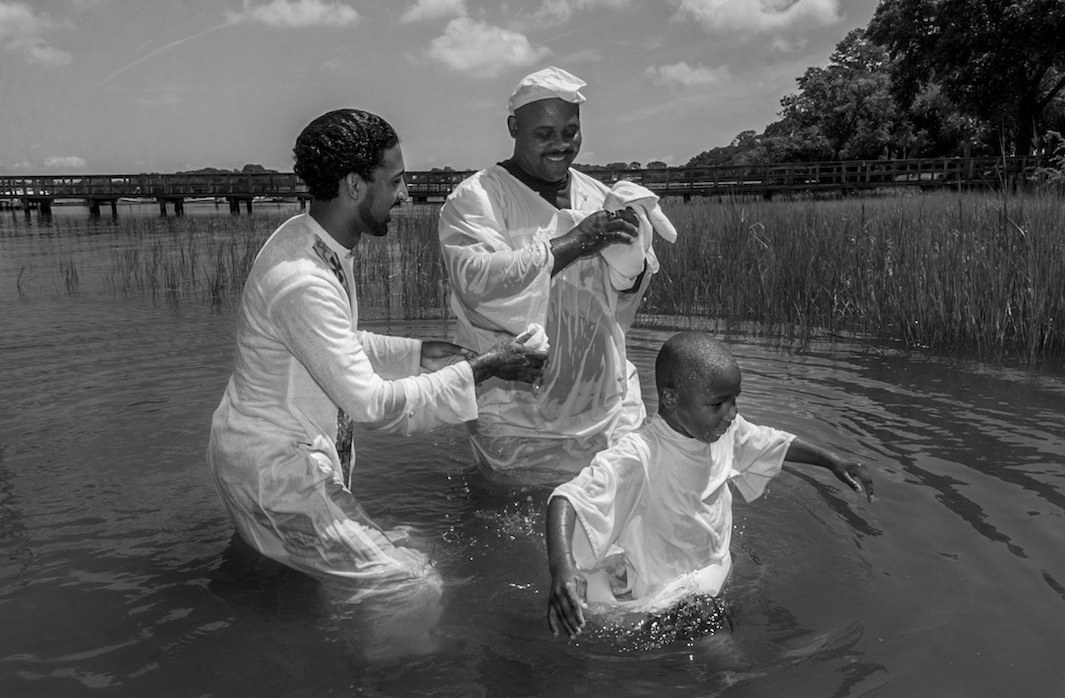 For the past few weeks, I have been thinking about the concept of being a daughter and how that is a motif in Shange’s work. My understanding of the saliency of (what I call) “daughtership” was further developed through my reading of Sassafrass, Cyprus and Indigo and during the Africana Department event “Who’s Going to Sing A Black Girl’s Song?” A Conversation on Black Girlhood with distinguished Africana alumnae Asali Solomon ‘95 and Alexis Pauline Gumbs ‘04.
For the past few weeks, I have been thinking about the concept of being a daughter and how that is a motif in Shange’s work. My understanding of the saliency of (what I call) “daughtership” was further developed through my reading of Sassafrass, Cyprus and Indigo and during the Africana Department event “Who’s Going to Sing A Black Girl’s Song?” A Conversation on Black Girlhood with distinguished Africana alumnae Asali Solomon ‘95 and Alexis Pauline Gumbs ‘04.
At the event on Black Girlhood, I asked the alumnae about the connotations the word daughter has. They said daughter denotes duty, great gifts, a claim a
nd aspirational dreams that are given to them by their mothers. These terms Asali and Alexis used are relevant to daughters Sassafrass, Cyprus and Indigo. They all have the duties. Indigo put away childish things, like her dolls, to step into womanhood and Cyprus and Sassafrass have to attract particular kinds of men as future husbands. They each have unique gifts as musicians, dancers and weavers and they all have to negotiate their mother’s aspirations for their lives and futures.
As I reflected back on each of the daughters’ their relationships with their mother, I realized that much of the mother-daughter relationship is dictated by their relationships to men. Hilda Effania’s letters to her daughters often include advice and warnings about men. Also, when one of the daughters gifts her mother with sexy lingerie, Hilda Effania comments on how their father would have come home more often if she owned this article of clothing.
In thinking about the role of men in mother-daughter relationships, Cypress’ dream made me wonder what mother-daughter relationships would look like if men did not exist – in a world where “there were only Mothers and Daughters” (185). I wonder if the fixation on men in mother-daughter relationships has anything to do with mother’s teaching their daughters about how to navigate relationships with men for their own survival and out of a desire to protect their daughters.
This brings me to a concept which I learned of at the Black Girlhood event which is idea of “mothering oneself” as well as daughters mothering their mothers. As each of the daughters in the novel enter womanhood, they begin to mother themselves through self-nurturing and self-care, especially when their actions and beliefs are contrary to those of their mother’s desire for them. While negotiating the limitations of the mothering their own mothers can provide as they become their own woman in the coming of age process, Sassafrass, Cyprus and Indigo being to take on the role of a mother in addition to that of a daughter as they care for themselves and as they look to have daughters of their own.


